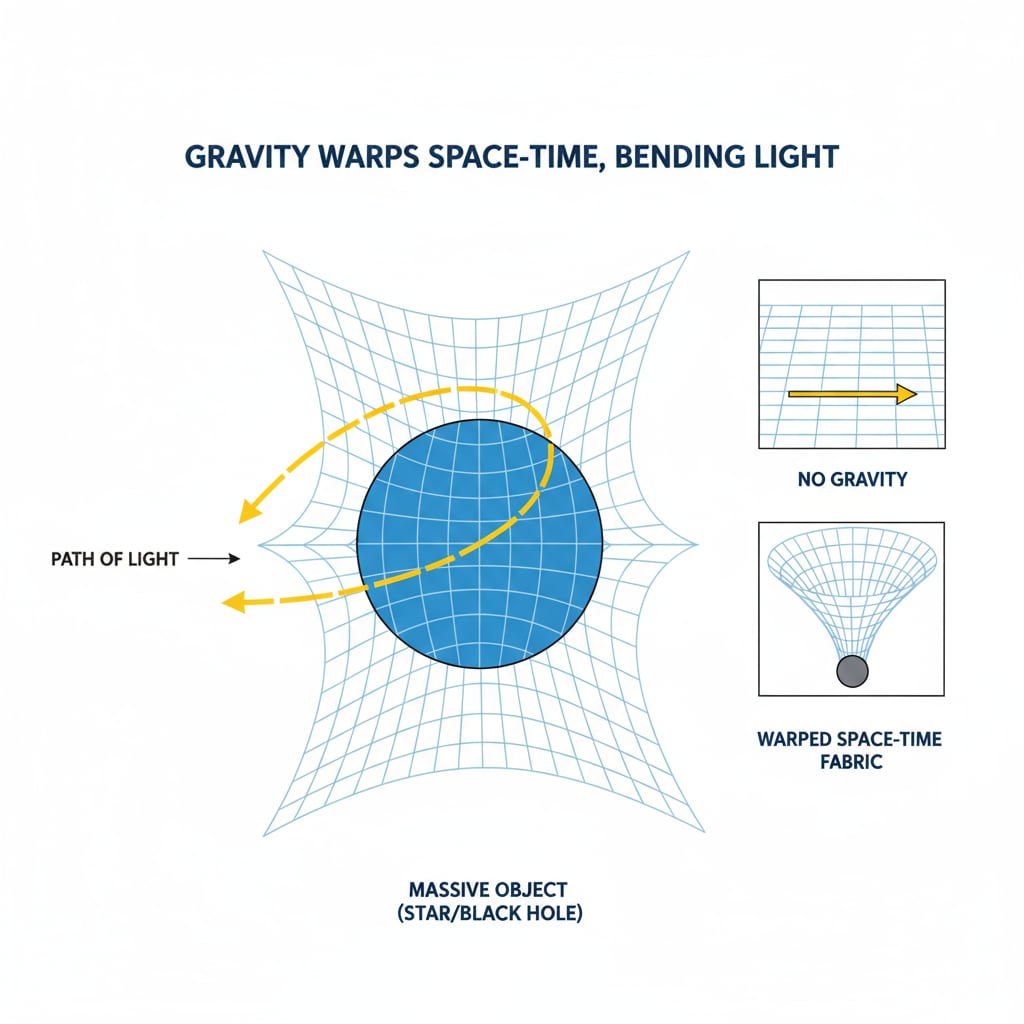Gravity, time warp, and relativity are fascinating yet complex concepts in physics. In the realm of K12 science education, making these ideas accessible to students is a challenging but rewarding task. These concepts, though abstract, can be brought to life through creative teaching methods and hands-on activities.

The Basics of Gravity and Time Warp
Gravity is not just the force that keeps our feet on the ground. According to Einstein’s theory of relativity, gravity can actually bend space and time. This phenomenon is what we refer to as time warp. For example, near a massive object like a black hole, time passes more slowly compared to a region with less gravitational pull. General relativity on Wikipedia explains this concept in more detail.
Relativity and Its Significance
Relativity, both special and general, forms the foundation for understanding how gravity and time are intertwined. Special relativity deals with objects moving at constant speeds relative to each other, while general relativity expands this to include gravity. Understanding relativity helps us make sense of the universe on a grand scale. General relativity on Britannica offers in-depth knowledge about this theory.

In K12 science classrooms, we can use simple models and experiments to introduce these ideas. For instance, we can use a trampoline to represent space-time and place heavy balls on it to show how mass creates curvature. This hands-on approach can help students visualize the complex relationship between gravity, time warp, and relativity.
Readability guidance: By breaking down these complex concepts into smaller, more manageable parts and using relatable examples, we can make learning about gravity, time warp, and relativity an exciting journey for K12 students. Through experiments and discussions, students can develop a deeper understanding of these fundamental principles in physics.


